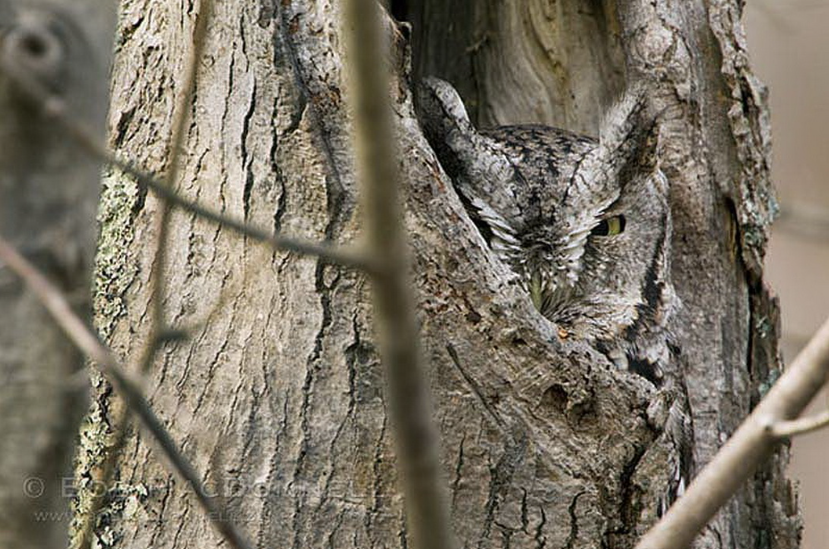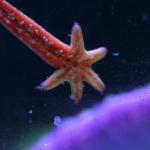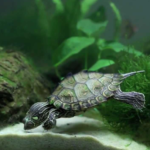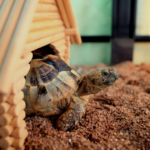Howdy, nature enthusiasts and feathered-friends aficionados! In the wild world of survival, some birds have truly mastered the art of going incognito. You’d be amazed at how these avian maestros can effortlessly disappear into their surroundings, almost like they’ve taken an invisibility potion. Welcome to a birdwatcher’s dream—the “Top 10 Birds That Are Masters of Camouflage.” So, grab your binoculars, sharpen your eyes, and let’s embark on a journey to uncover the hidden champions of disguise in the avian realm!
The Top 10 Birds That Are Masters of Camouflage
1. Common Potoo: The Ultimate Stump Mimic
- The common potoo, with its cryptic gray-brown plumage and eerie stillness, can blend seamlessly with tree branches, looking like an ordinary stump. It’s a true ninja of the avian world.
2. Owlet Nightjar: The Bark-Like Wonder
- The owlet nightjar is like a living piece of tree bark. Its intricate feather patterns mimic the rough texture of tree bark, making it virtually invisible when roosting during the day.
3. Tawny Frogmouth: The Tree Knot Impersonator
- Tawny frogmouths, with their wide, cryptic beaks and mottled plumage, resemble tree knots so convincingly that you might mistake them for part of the tree itself.
4. Kakapo: The Green Ghost of the Forest
- The kakapo, a large, nocturnal parrot from New Zealand, uses its mossy green feathers to disappear into the lush vegetation of its habitat. It’s a true green ghost of the forest.
5. Leaf-Tailed Gecko: The Forest Phantoms
- Leaf-tailed geckos, though not birds, are masters of camouflage. With flattened bodies and leaf-like tails, they become indistinguishable from the foliage.
6. Woodcock: The Leaf Pile Illusionist
- Woodcocks are known for their mottled brown plumage, which helps them blend into leaf piles on the forest floor. Their stillness adds to the illusion.
7. Mottled Wood Owl: The Tree Bark Imposter
- Mottled wood owls bear intricate patterns that closely resemble tree bark. They perch close to tree trunks, looking like an extension of the tree itself.
8. Uropygial Gland Hawk: The Forest Shadow
- Uropygial gland hawks, found in dense rainforests, have feathers that break up their outline, creating a shadowy appearance as they sit amidst the foliage.
9. Willow Ptarmigan: The Arctic Chameleon
- Willow ptarmigans change their plumage with the seasons. In winter, they become pure white to match the snow, while in summer, they turn mottled brown to blend with tundra vegetation.
10. Himalayan Snowcock: The Alpine Mirage
- Found in rocky, alpine habitats, the Himalayan snowcock’s gray-brown plumage makes it nearly invisible among the rugged terrain.
FAQs (Feathered and Furry Queries)
Q1: How do these birds develop such incredible camouflage?
- Evolution has favored birds that can better blend into their environments. Over generations, those with effective camouflage patterns pass on their genes, leading to exceptional mimicry.
Q2: Why is camouflage so important for these birds?
- Camouflage is a survival strategy. It helps these birds evade predators and sneak up on their prey. It’s all about staying hidden and increasing their chances of survival.
Q3: Can you spot these camouflaged birds easily?
- Definitely not! That’s the whole point of their camouflage. They’re experts at staying hidden, and even experienced birdwatchers can sometimes struggle to spot them.
Q4: Are there any other animals besides birds that use camouflage?
- Absolutely! Many animals use camouflage, including insects, reptiles, and mammals. It’s a fascinating adaptation that helps them thrive in their environments.
Conclusion
And there you have it, folks—the “Top 10 Birds That Are Masters of Camouflage.” These incredible creatures have honed the art of blending in to perfection, making them the true chameleons of the avian world. The next time you’re out in the wild with your binoculars, keep an eye out for these stealthy masters of disguise. It’s like finding hidden treasure in plain sight, and it’s a testament to the wonders of evolution and adaptation in the natural world. So, remember to tread lightly and respect the delicate balance of nature as you embark on your quest to spot these feathered camouflage experts. Happy birdwatching!







